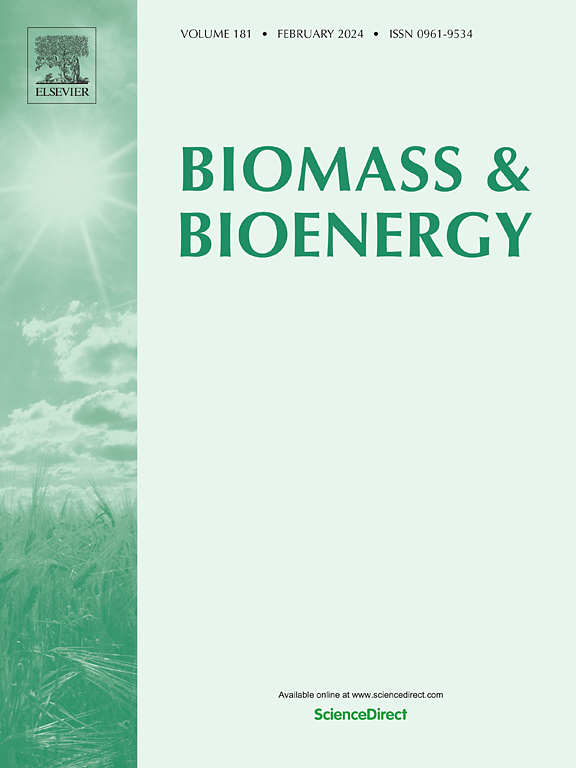Bio-jet fuels from photosynthetic microorganisms: A focus on downstream processes
IF 5.8
2区 生物学
Q1 AGRICULTURAL ENGINEERING
引用次数: 0
Abstract
The aviation industry is a "hard to electrify" sector with limited possibilities for alternative fuels such as green hydrogen. Therefore, there is a call for sustainable fuel alternatives which is driving intensive research into bio-jet fuels (BJF) that could be used in aviation, without revamping the aircraft fleets and the aviation infrastructures. This review evaluates the potential of photosynthetic microorganisms, focusing on the most challenging downstream processes, i.e. bio-oil production and its catalytic upgrade. The main bottlenecks of such processes are identified, and the most recent solutions, offered to overcome them, are critically reviewed. Finally, a statistical analysis of the key characteristics of current BJF derived from microalgae and cyanobacteria is presented, along with a discussion on their suitability for the aviation industry and the primary areas for improvement.

求助全文
约1分钟内获得全文
求助全文
来源期刊

Biomass & Bioenergy
工程技术-能源与燃料
CiteScore
11.50
自引率
3.30%
发文量
258
审稿时长
60 days
期刊介绍:
Biomass & Bioenergy is an international journal publishing original research papers and short communications, review articles and case studies on biological resources, chemical and biological processes, and biomass products for new renewable sources of energy and materials.
The scope of the journal extends to the environmental, management and economic aspects of biomass and bioenergy.
Key areas covered by the journal:
• Biomass: sources, energy crop production processes, genetic improvements, composition. Please note that research on these biomass subjects must be linked directly to bioenergy generation.
• Biological Residues: residues/rests from agricultural production, forestry and plantations (palm, sugar etc), processing industries, and municipal sources (MSW). Papers on the use of biomass residues through innovative processes/technological novelty and/or consideration of feedstock/system sustainability (or unsustainability) are welcomed. However waste treatment processes and pollution control or mitigation which are only tangentially related to bioenergy are not in the scope of the journal, as they are more suited to publications in the environmental arena. Papers that describe conventional waste streams (ie well described in existing literature) that do not empirically address ''new'' added value from the process are not suitable for submission to the journal.
• Bioenergy Processes: fermentations, thermochemical conversions, liquid and gaseous fuels, and petrochemical substitutes
• Bioenergy Utilization: direct combustion, gasification, electricity production, chemical processes, and by-product remediation
• Biomass and the Environment: carbon cycle, the net energy efficiency of bioenergy systems, assessment of sustainability, and biodiversity issues.
 求助内容:
求助内容: 应助结果提醒方式:
应助结果提醒方式:


